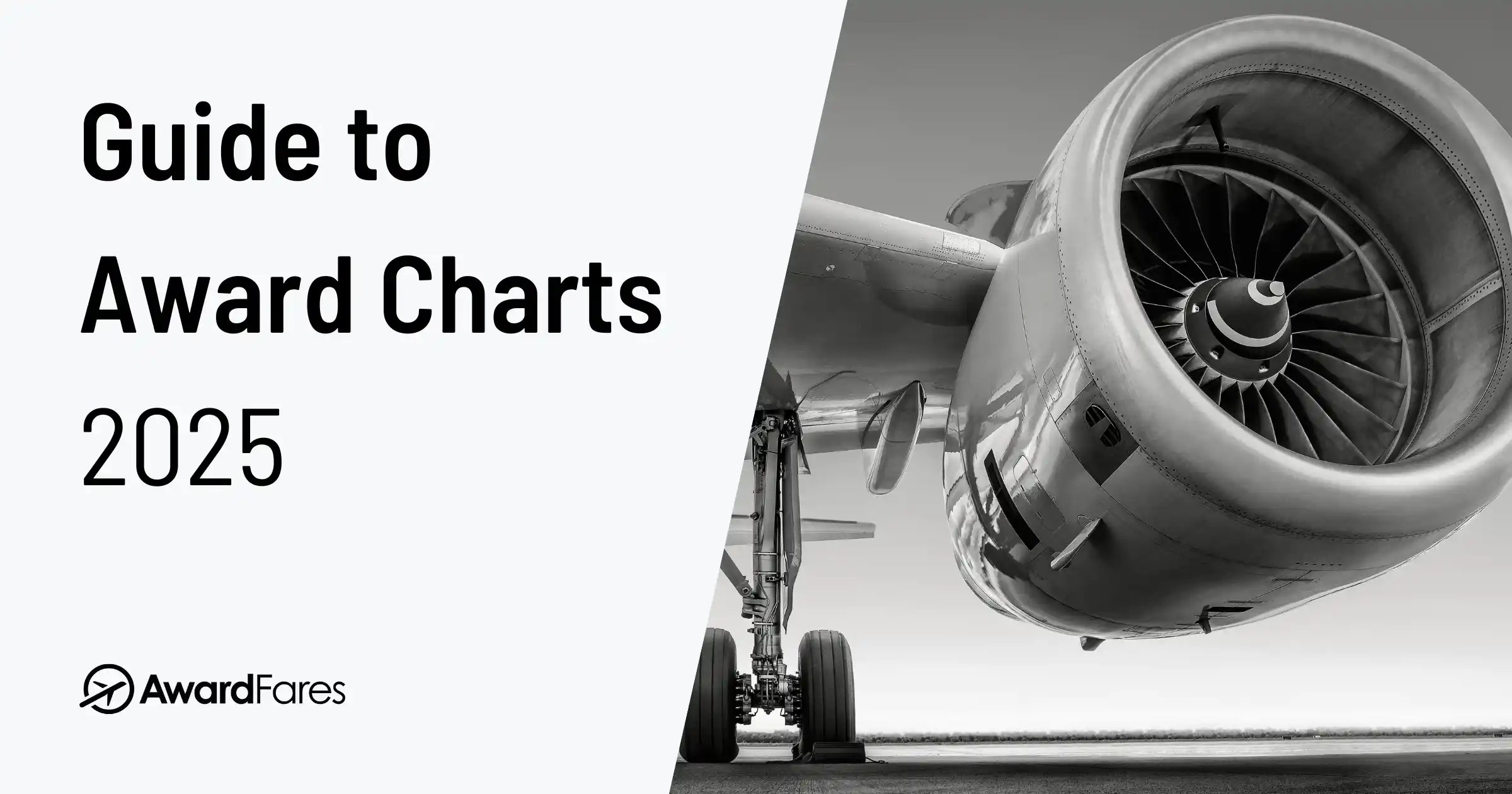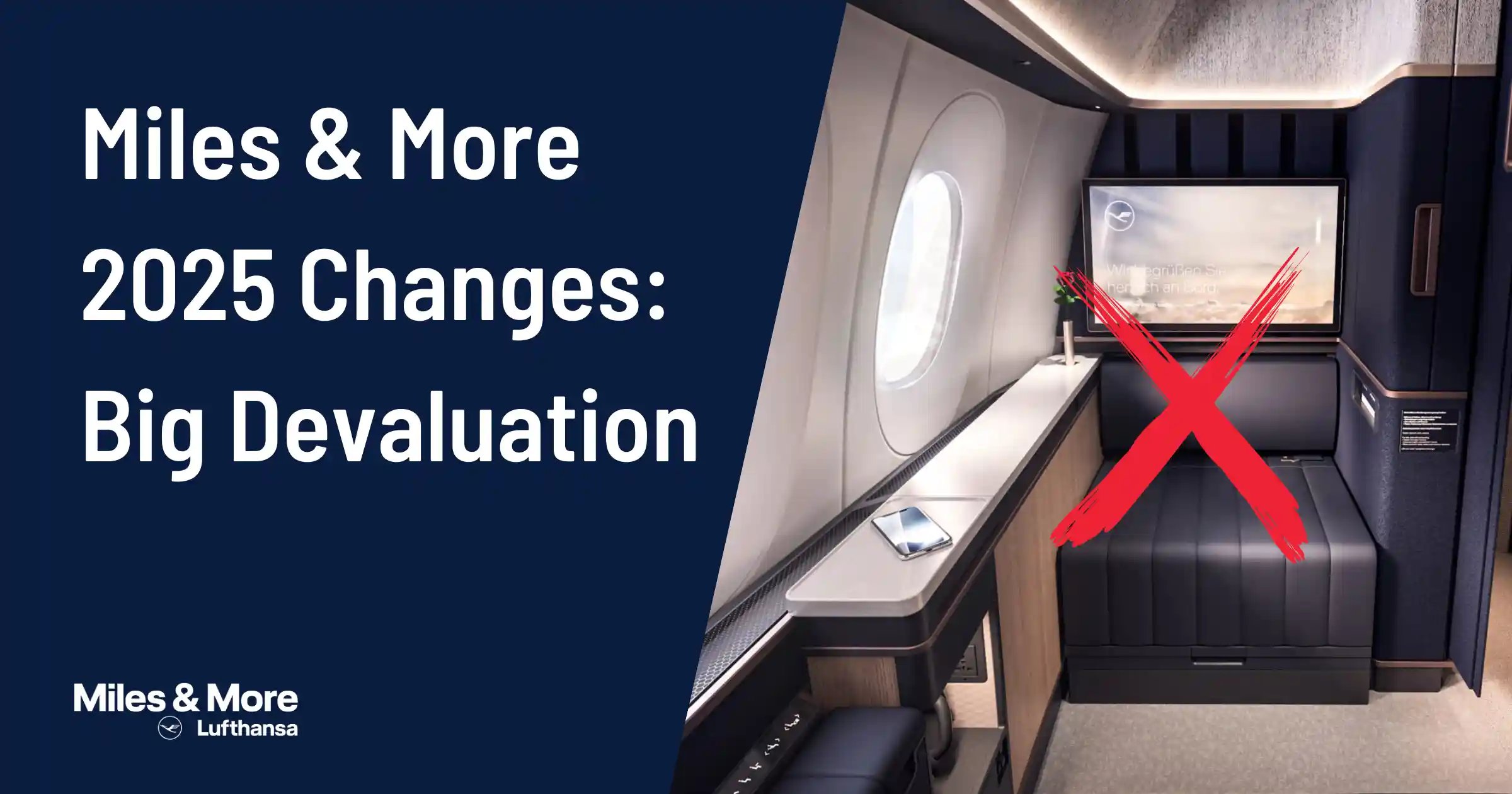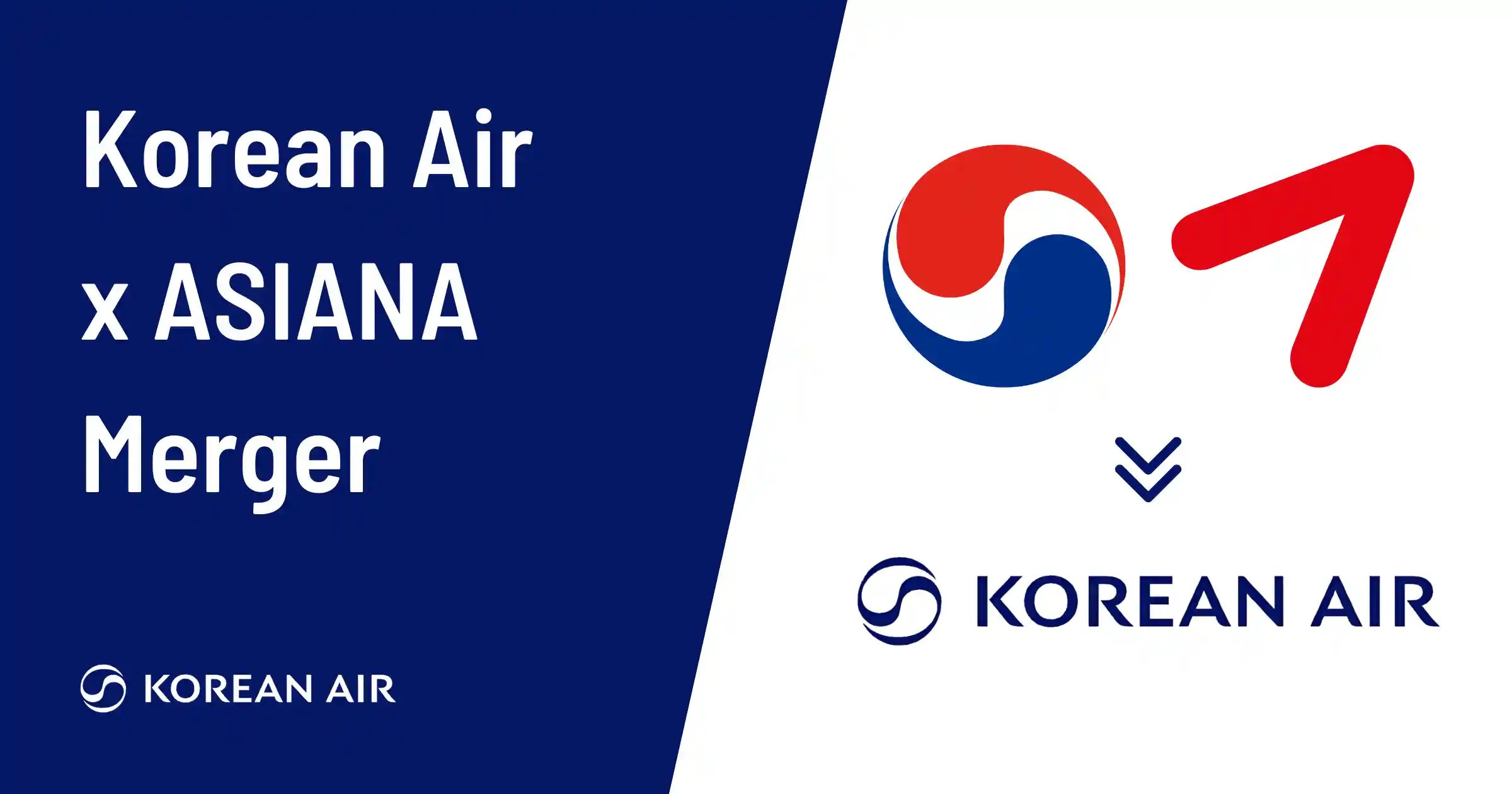If you’re into points and miles, you can feel it: the ground is moving. The rules we learned, the strategies we had, and the value we came to expect are all being rewritten in real-time. For frequent flyers, 2025 isn’t just another year of travel, it’s a pivotal moment that will redefine what “loyalty” means for the next decade.
Think about it. Massive airline mergers are redrawing the alliances map (who flies with whom). The price of a “free” flight now varies daily, like a volatile stock. And the once-sacred airport lounge often feels more like a crowded bus station. Behind it all, new economic realities are introducing on unavoidable fees and turning our favorite loyalty programs into multi-billion-dollar financial companies.
If you’re wondering how to make sense of all this, you’re in the right place. This is your survival guide. At AwardFares, we live and breathe this stuff. We’ve dug through the changes to bring you a no-nonsense look at what’s happening. This guide will walk you through the critical trends, what they really mean for your points, and what you can do about it.
Key Takeaways
- Merger Mania is Here: Four massive airline mergers are reshaping SkyTeam, Star Alliance, and oneworld. Your primary loyalty program could be eliminated or fundamentally changed.
- Dynamic Pricing is King: Fixed award charts are nearly extinct. The cost of an award flight now fluctuates wildly, demanding a more flexible booking strategy.
- Lounges Are Crowded: Overcrowding has led to the rise of “grab-and-go” lounges, creating a new, lower tier of the lounge experience to manage the masses.
- Status is About Spending, Not Flying: Airlines are making it easier to earn status with credit card spending, while diluting the value of the miles themselves.
- New Costs are Unavoidable: Get ready for permanent “Environmental Surcharges” as airlines pass on the cost of Sustainable Aviation Fuel (SAF) mandates.
- Your Points Are a Financial Asset: Regulators are now scrutinizing loyalty programs as financial products, highlighting the need to view your miles as an investment to be managed, not just a perk.
- Flexibility is Your New Superpower: Transferable bank points (Amex, Chase, Capital One) are the ultimate hedge against any single airline’s devaluation.
In This Guide
- 1. Major Airlines Are Merging, and Your Favorite Loyalty Program Could Disappear
- 2. Award Charts Are Gone. Welcome to Dynamic Pricing.
- 3. Airport Lounges Are Crowded. Expect More 'Grab-and-Go' Options.
- 4. Airlines Are Basically Banks Now (And Regulators Are Noticing)
- 5. Elite Status Is Now More About Spending Than Flying
- 6. Business Class Is Being 'Unbundled' (Say Hello to 'Basic Business')
- 7. You'll Start Paying a New "Green Fee" on Most Flights
- 8. Your Face is Becoming Your Boarding Pass
- 9. Your Miles Will Post Instantly (And Other Tech on the Horizon)
- Stategy for Frequent Flyers in 2025
Trend 1: Major Airlines Are Merging, and Your Favorite Loyalty Program Could Disappear
This is the big one. Nothing will impact your strategy more than the current wave of airline consolidation. Four massive mergers are set to eliminate entire loyalty programs, shift airlines between alliances, and force millions of us to re-evaluate our allegiance. This isn’t a distant threat, it’s happening right now.
What Each Merger Means For You
Korean Air + Asiana Airlines
Impact: Asiana Club will merge into Korean Air's SKYPASS. The biggest risk is an uncertain mileage conversion ratio, especially for points from partners like credit cards, which has regulators concerned.
Read our Full GuideAir France-KLM + SAS
Impact: The beloved SAS EuroBonus is expected to be absorbed by Flying Blue, meaning a shift from fixed charts to dynamic pricing. High-value perks like the Amex 2-for-1 voucher are at extreme risk of disappearing.
Read our Full GuideAlaska Airlines + Hawaiian Airlines
Impact: Good news mostly. HawaiianMiles merges into Alaska's Mileage Plan with a 1:1 points transfer and status match. The main downside is the loss of some unique Hawaiian partner benefits like Marriott Bonvoy transfers.
Read our Full GuideLufthansa Group + ITA Airways
Impact: A big win for Star Alliance. ITA's Volare program will fold into Miles & More. Reciprocal benefits like earning, burning, and lounge access are already rolling out, making this a smooth transition.
It’s Not Just Mergers: Alliances Are Shifting
Beyond full takeovers, the landscape is changing in other important ways. Keep an eye on these key developments:
- oneworld is Growing: The alliance is getting stronger with Oman Air joining in mid-2025 and Fiji Airways becoming a full member. This means more ways for AAdvantage and BA Club members to earn and burn points in the Middle East and South Pacific.
- The Rise of “Mini-Alliances”: Airlines are forming powerful Joint Ventures (JVs) that are just as important as the big three alliances. Think of the deep partnerships between Delta-LATAM or Singapore-ANA.
- Partnerships Beyond Alliances: Expect more creative partnerships that cross traditional alliance lines, like JetBlue’s collaborations with carriers like Icelandair, Japan Airlines, and even United Airlines.
The Bottom Line
For the first time in ages, millions of us are being forced to actively pick a new loyalty path. This makes sticking to a single airline program much riskier. It’s the #1 reason why flexible bank points (from cards like Amex, Chase, and Capital One) are becoming so important.
Trend 2: Award Charts Are Gone. Welcome to Dynamic Pricing.
If the mergers are the earthquake, dynamic pricing is the aftershock that hits everyone. Remember when you knew a business class flight to Asia cost a fixed 160,000 points? For most major airlines, those days are over.
What is it? In simple terms, the number of miles you need for a “free” flight is now tied to its cash price. When the ticket is expensive (like during summer vacation), the mileage price skyrockets. When the ticket is cheap, the mileage price drops.
All major U.S. carriers (American, Delta, United) and many international ones (like Air France-KLM’s Flying Blue, which will likely absorb SAS EuroBonus) have embraced this model.
Why are they doing this?
- To Stop You from Getting “Too Much” Value: Airlines don’t like it when you use a fixed number of points to book a $10,000 first-class seat. Dynamic pricing ensures the points cost is closer to the cash cost, capping the value you can get.
- To Make You Use More Points: By making popular flights more expensive in points, they drain your mileage balances faster. This encourages you to either buy more miles or use them on lower-value things like magazine subscriptions.
This feels like a huge devaluation, and in many ways, it is. But you can fight back.
How to Find Value in a Dynamic World
Your Best Weapon Against Dynamic Pricing: AwardFares’. Instead of searching day-by-day on an airline’s clunky website, you can see award availability across an entire week or month at a glanc with its Timeline View. Plus, use the result list to spot the lowest prices, saving you potentially hundreds of thousands of points.
Your Strategy to Beat Dynamic Pricing:
- Be Flexible: If you can shift your travel dates by even a few days, you can often find drastically lower award prices.
- Book Far Out (or Last Minute): Prices are often lowest right when they are released (around 11 months in advance) and sometimes at the very last minute.
- Book and Rebook: Many programs offer free cancellations on award tickets. If you find a decent price, book it. Then, set an alert on AwardFares. If the price drops later, you can cancel and rebook at the lower rate.
Read More
Trend 3: Airport Lounges Are Crowded. Expect More ‘Grab-and-Go’ Options.
Let’s talk about the airport. The lounge, once a quiet sanctuary, has become a major frustration because of overcrowding. Why? It’s simple:
- Credit Card Access: Premium travel cards from Amex, Chase, and others have opened the floodgates. Millions of people now have lounge access who never would have earned it through flying.
- Easier Status: Airlines now let you earn elite status through credit card spending, not just flying, which has expanded the number of people who can get in.
This has devalued the lounge experience for everyone, especially the premium travelers they were built for. Airlines can’t just kick out the credit card folks without angering the banks they have multi-billion dollar deals with. So, they’re creating a tiered system.

Enter the “grab-and-go” lounge. This is a new, faster-paced kind of lounge designed for a quick snack and a coffee, not a three-hour stay.
The New 'Lounge Lite' Experience
You'll see more of these concepts popping up:
- American's 'Provisions by Admirals Club' (CLT): Pre-packaged sandwiches and salads to go. Minimal seating.
- United's 'Club Fly' (DEN, IAH): Self-scan entry and pre-packaged food for those with tight connections.
- Delta's 'Sky Club Express' (JFK, ATL): Smaller, faster versions of their main lounges to handle overflow.
- Amex's 'Sidecar by Centurion': Smaller outposts near main Centurion Lounges for a quick pre-flight drink.
What This Means For You
Airlines are creating a “lounge-lite” product. They can keep selling “lounge access” as a perk while steering many people toward a simpler facility, preserving the main lounge for their highest-paying customers.
Trend 4: Airlines Are Basically Banks Now (And Regulators Are Noticing)
Here’s the biggest secret in the airline business: loyalty programs often make more money than flying planes. During the pandemic, this became obvious when airlines like United and Delta used their loyalty programs as collateral to get billions in loans. Their loyalty divisions were valued higher than the airlines themselves!
How it works: Airlines “print” miles for almost nothing and sell them to banks for real money. The banks give them to you when you use your credit card. This has become so big and profitable that governments are starting to pay attention.
The U.S. Department of Transportation has launched a formal inquiry into the loyalty programs of major U.S. carriers for “unfair and deceptive practices.” They’re focused on the two things we all hate: airlines devaluing our miles without notice and the lack of transparency in dynamic pricing.
The Bottom Line
Your miles are being treated less like a customer perk and more like a financial product. You’re basically an unsecured investor in the airline’s “bank,” and your “deposits” (miles) can be inflated away at any time.
Trend 5: Elite Status Is Now More About Spending Than Flying
The way you earn that coveted Gold or Platinum card is changing. Airlines are decoupling elite status from the act of actually flying.
Programs like American’s AAdvantage and Delta’s SkyMiles now heavily reward spending on their co-branded credit cards as a primary way to get status. It’s a brilliant move for them: they make status seem easier to get (which we like), and it drives huge profits from their banking partners. At the same time, they use dynamic pricing to make the miles themselves less valuable.
They are also using aggressive status match and challenge offers to steal elite members from their rivals, creating shortcuts for anyone willing to switch their loyalty.
Read More
Trend 6: Business Class Is Being ‘Unbundled’ (Say Hello to ‘Basic Business’)
The classic three-cabin plane (First, Business, Economy) is dead. Airlines are slicing up the plane to get more money out of every seat.
- Premium Economy is the New Normal: It’s a highly profitable middle ground that’s here to stay. It’s perfect for leisure travelers wanting an upgrade and business travelers whose companies won’t pay for full business class anymore.
- Business Class is Next: The next frontier is unbundling business class itself. Airlines like Delta are openly talking about it. Soon, you might see a “Basic Business” fare that gets you the lie-flat seat but strips out perks like lounge access, advance seat selection, or full mileage earning. This is to compete with low-cost and ultra-low-cost Business Class airlines like ZIPAIR and others.
Trend 7: You’ll Start Paying a New “Green Fee” on Most Flights
Get ready for a new, non-negotiable fee on your tickets. Governments, especially in Europe, are forcing airlines to use a certain percentage of expensive Sustainable Aviation Fuel (SAF). SAF is currently 3-5 times more expensive than regular jet fuel. Instead of hiding this cost in the base fare, airlines are calling it out. Lufthansa Group has introduced an “Environmental Cost Surcharge” on all flights starting in 2025. This fee can be up to €72 per flight.
What This Means For You
Expect this to become standard everywhere. Like baggage fees, this is a real cost that you cannot get out of, even with elite status.
Trend 8: Your Face is Becoming Your Boarding Pass
To speed up annoying airport lines at check-in, bag drop, and security, airlines are rolling out biometric technology everywhere. Facial recognition is quickly becoming the default way to verify who you are.
In the U.S., the TSA is expanding its PreCheck® Touchless ID program, which matches a live photo of you against your passport photo. Globally, almost every airline is planning to use biometrics for boarding.
The benefit is obvious: shorter lines and a smoother process. The trade-off is your privacy. While it’s technically “optional” for now, it’s often the default path, and it’s not always clear how your permanent facial data is being stored or shared.
What To Expect Next
This tech lays the groundwork for hyper-personalization. Soon, a camera could identify you as you walk by, see your flight is delayed, and instantly push a paid upgrade offer to your phone.
Trend 9: Your Miles Will Post Instantly (And Other Tech on the Horizon)
Finally, a few tech shifts will change how you plan your trips.
- Instant Miles: The days of waiting a week for your miles to show up are ending. Airlines are upgrading their systems so your miles and status credits post almost instantly after you land. This turns your points into a more flexible currency you can use for last-minute upgrades on a connecting flight.
- The AI Co-Pilot: Airlines are using AI to send you hyper-personalized offers and travel suggestions based on your past behavior.
- “Buy Now, Pay Later” (BNPL): Most airlines now offer payment plans through services like Affirm or PayPal, making it easier to stomach the cost of expensive premium tickets.
Stategy for Frequent Flyers in 2025
In 2025, the smartest frequent flyers are diversifying their points across bank programs, rethinking the value of elite status, using their miles frequently instead of hoarding them, and budgeting for new fees like environmental surcharges. Here’s how to stay ahead.
Diversify Your Points
The #1 Rule for 2025
Relying on a single airline program is the biggest risk you can take. Your top priority should be earning flexible, transferable bank points from programs like Chase Ultimate Rewards®, American Express Membership Rewards, and Capital One Miles. They are the ultimate hedge, allowing you to transfer points to dozens of airline partners across all alliances, protecting you from any single program's merger or devaluation.
Rethink the Value of Status
Don't Chase It Blindly
Elite status is getting easier to obtain with money, but the benefits are being diluted. Do a simple cost-benefit analysis. Are the perks you actually use (free bags, occasional upgrades) worth the effort and cost? With lounge access getting more crowded, the value isn't what it used to be.
Embrace "Earn and Burn"
Hoarding Points is a Losing Game
Your airline miles are a depreciating asset. Thanks to inflation and dynamic pricing, the points you have today will almost certainly be worth less tomorrow. Adopt an "earn and burn" mentality. Instead of saving for years for one big trip, find good value and use your points regularly. A great flight today is better than a devalued one tomorrow.
Budget for New Costs
Flying Just Got More Expensive
Factor new, non-negotiable fees like the Environmental Cost Surcharge into your travel budget. These aren't optional fees and can't be waived with status. They represent a permanent increase in the cost of flying.
How AwardFares Is Your Secret Weapon
With all these changes (dynamic pricing, shifting alliances, disappearing award charts), finding value feels harder than ever. Manually searching for flights on clunky airline websites is a recipe for frustration and missed opportunities. This is exactly why a powerful tool is no longer a luxury, but a necessity.
AwardFares was built to solve these problems and give you an edge. Here’s how it helps you fight back:
Stop Guessing, Start Seeing
Our Timeline View cuts through the noise. Instead of searching day by day, you can see a whole month's availability at a glance, instantly spotting the dates with the most award seats available.
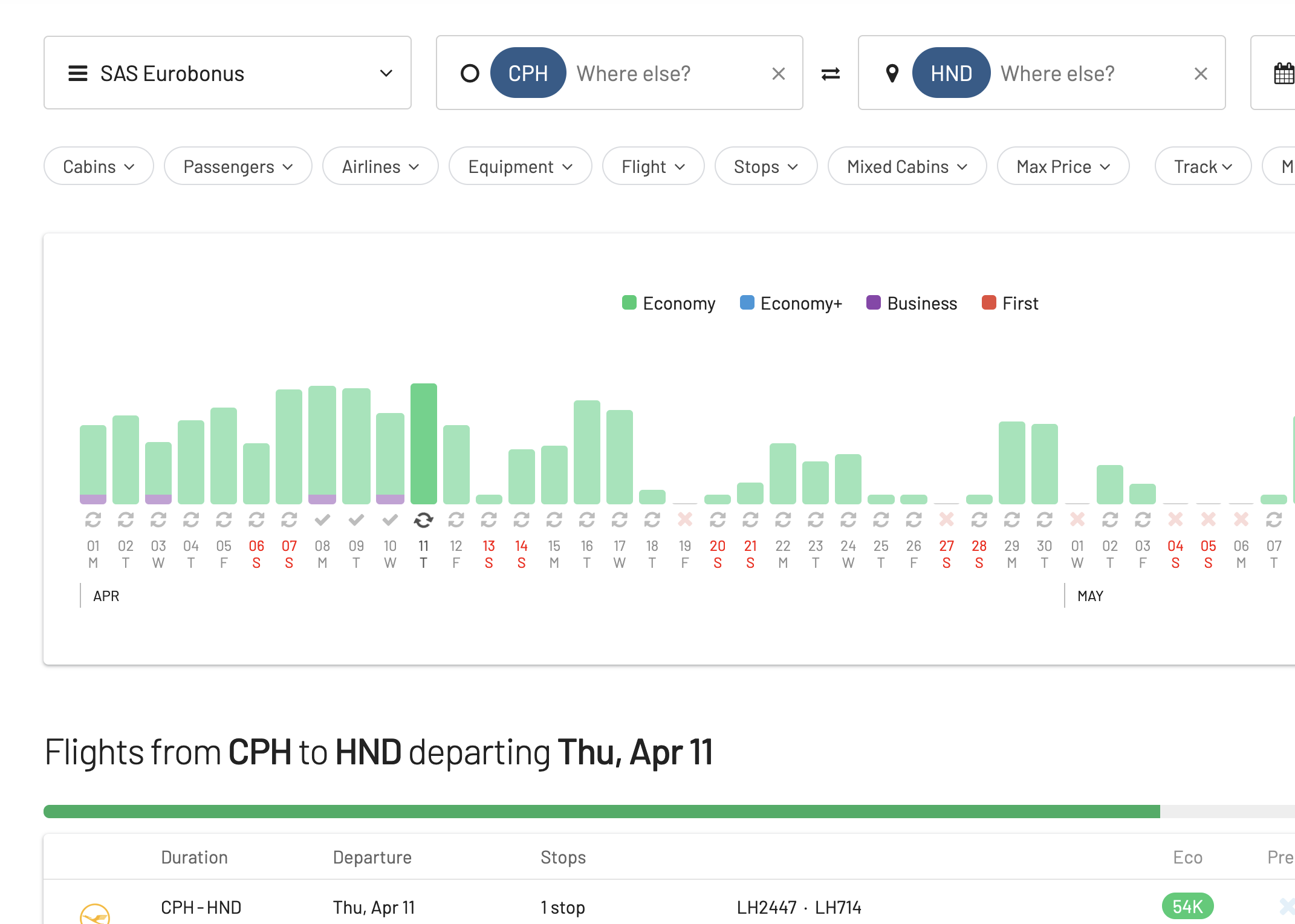
Find the (Real) Cheapest Flight
The same exact seat on a partner airline can cost wildly different amounts of miles depending on which program you book through. AwardFares lets you search multiple programs at once and compares the prices, showing you the "sweet spots" that save you tens of thousands of points.
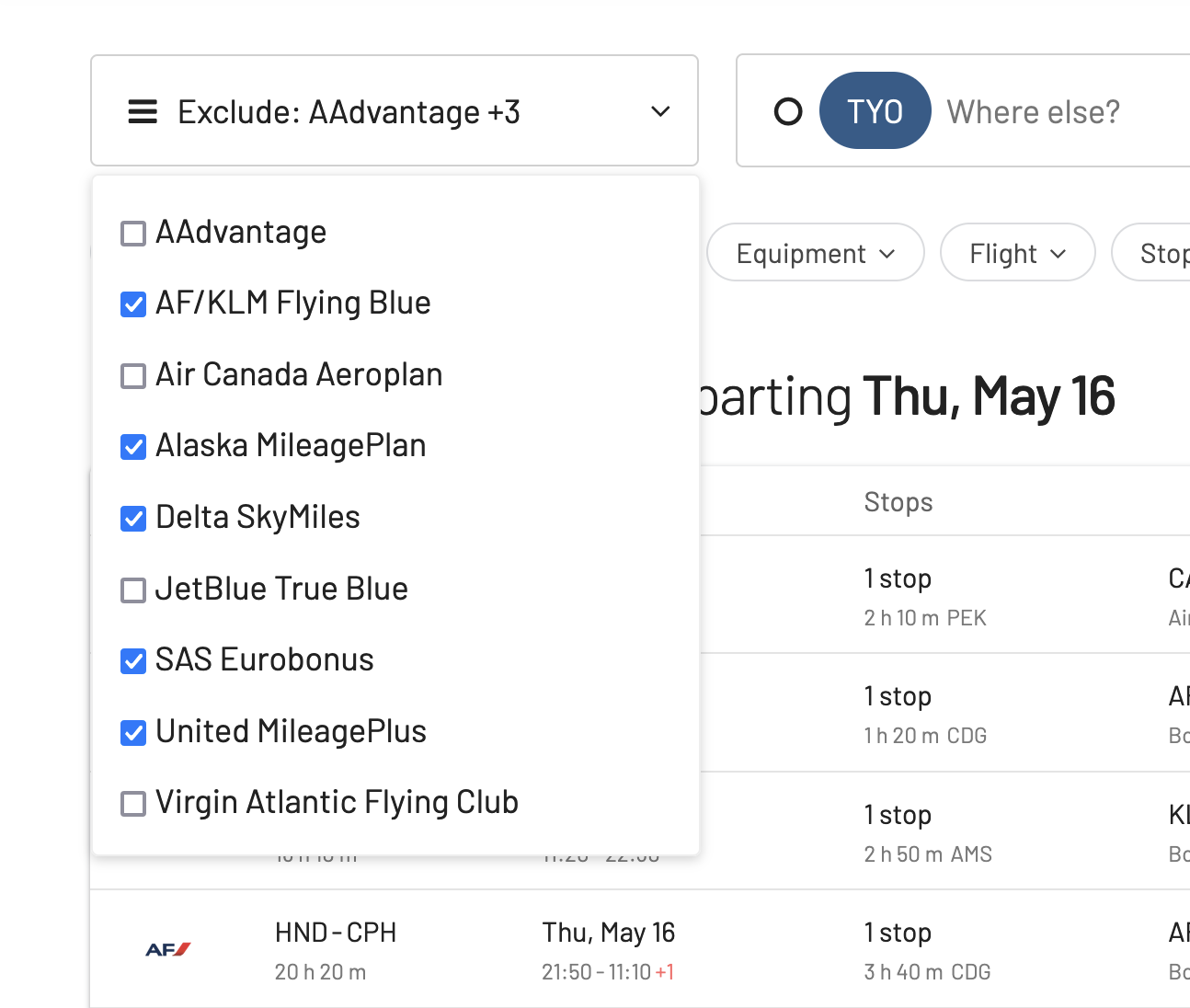
Uncover Hidden Availability
We show you all the options, including complex mixed-cabin itineraries and hard-to-find saver-level awards, giving you a complete picture of what's actually bookable.
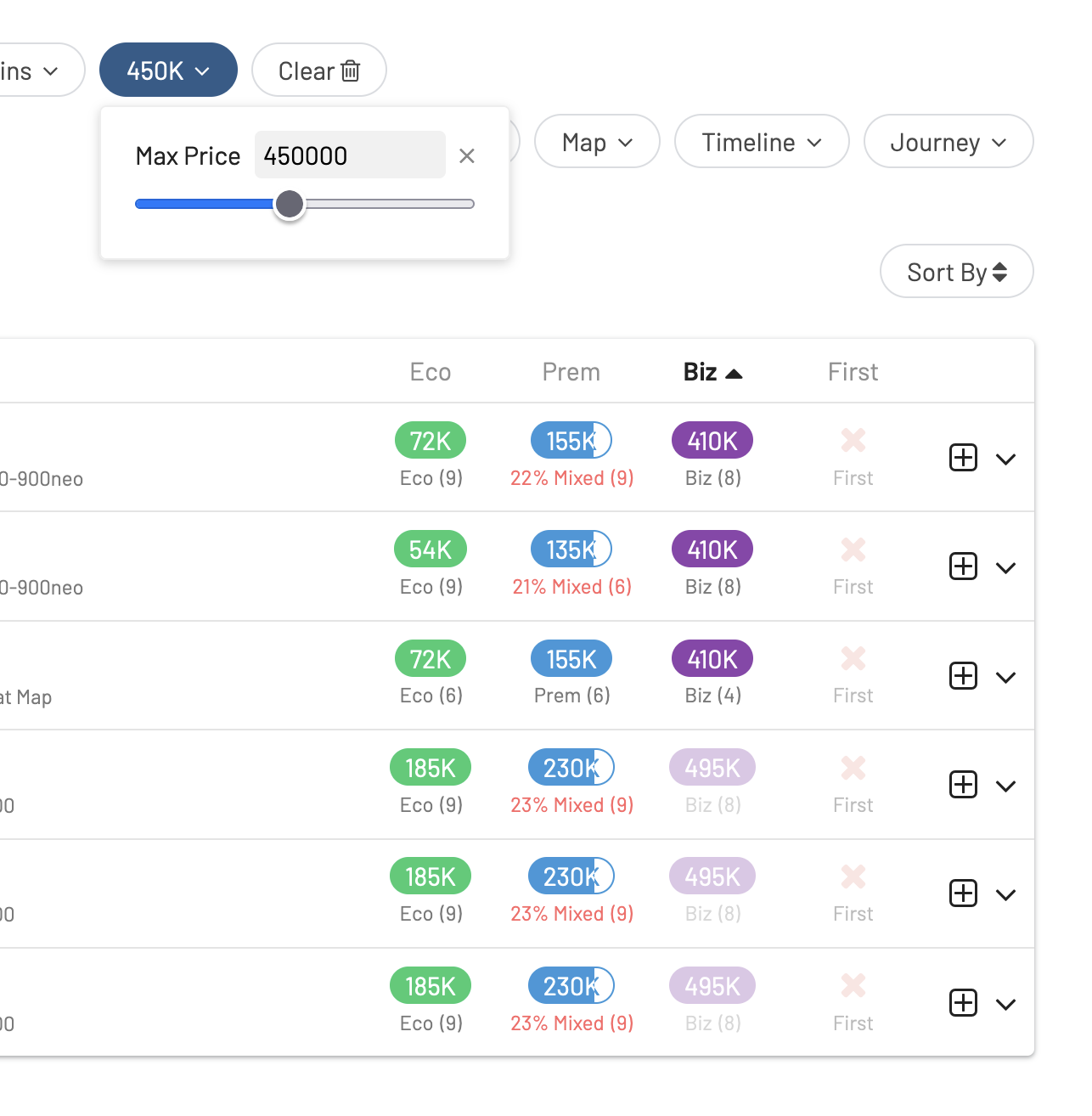
Never Miss a Seat Again
That perfect Business Class seat isn't available? Set an Alert on AwardFares. We'll monitor the flight 24/7 and email you the second it opens up, so you can grab it before anyone else does.
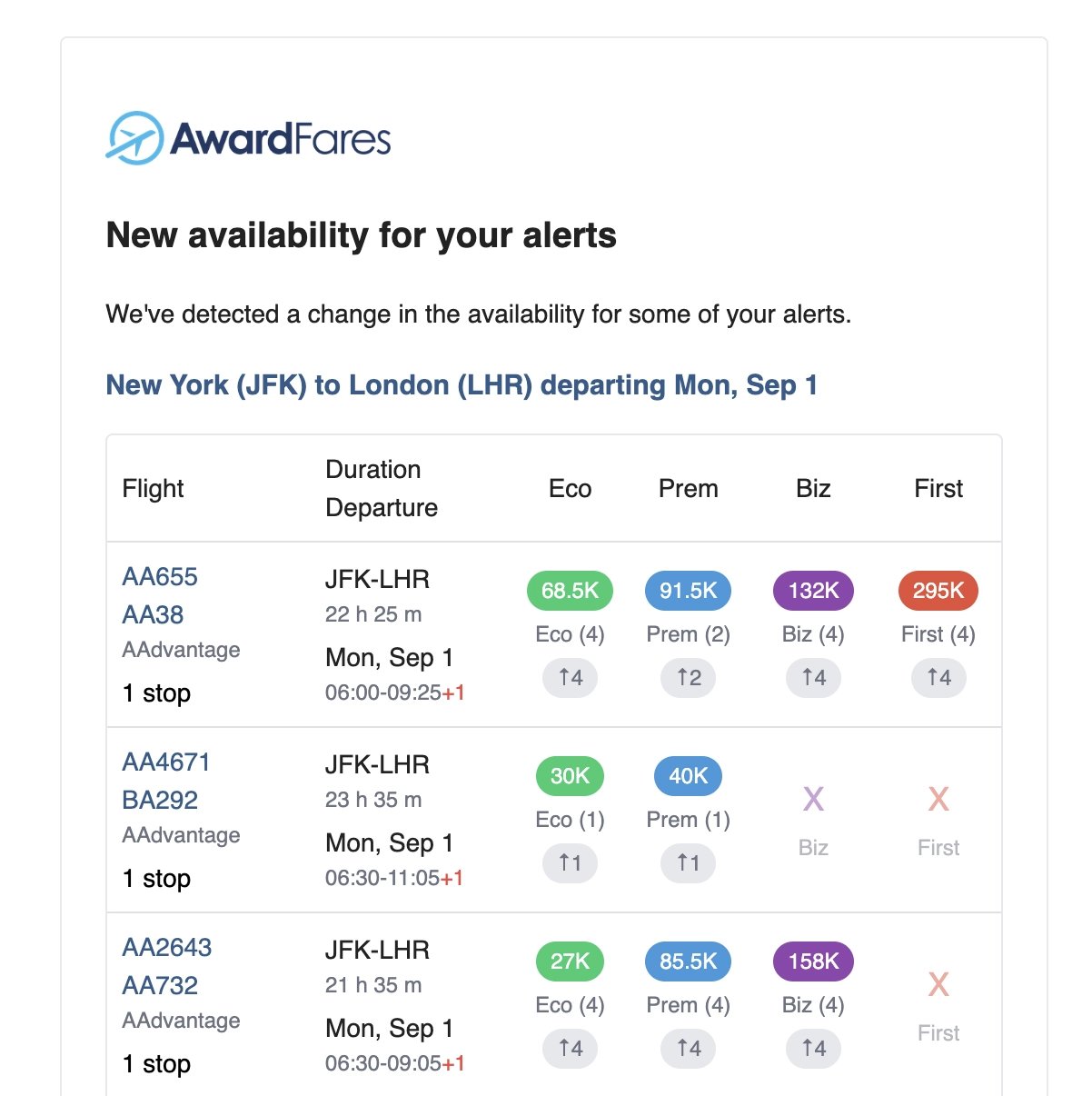
In this new era, your strategy matters more than ever. AwardFares is the tool that powers that strategy, turning a confusing landscape into a field of opportunities.
Frequently Asked Questions
Your Questions Answered
With all the mergers, which airline alliance should I focus on?
This is the million-dollar question. Instead of focusing on one alliance, your best bet is to focus on earning transferable bank points (Amex, Chase, Capital One, etc.). This gives you the flexibility to transfer points to partners in SkyTeam, Star Alliance, AND oneworld, making you immune to any single merger’s impact. If you must choose, SkyTeam is growing significantly with the addition of SAS and likely Asiana, while Star Alliance is gaining ITA Airways but losing two key carriers.
Airline miles vs. flexible bank points: Which is better for 2025?
This is the most critical strategic question for 2025. While both have their place, for the vast majority of travelers, flexible bank points are now significantly better and safer than airline-specific miles. Think of bank points as cash you can deposit in many different banks, and airline miles as a gift card to a single store that could change its prices or close down at any moment. For 2025, prioritize earning flexible points.
-
Flexible Bank Points (from Amex, Chase, Capital One, etc.) are superior because:
-
They are a hedge against devaluation. If one airline (like SAS) merges and its program disappears or devalues, you can simply transfer your bank points to a different, better partner. You aren’t locked in.
-
They give you access to all alliances. You can transfer points to partners in SkyTeam, Star Alliance, and oneworld, allowing you to book the best flight regardless of who operates it.
-
They let you find the “sweet spots.” The same flight might cost 80,000 miles with one program but 55,000 with another. Bank points let you transfer to the cheaper option and save.
-
-
Airline-Specific Miles are still useful when:
-
You are chasing elite status with a specific airline that rewards credit card spending (like American’s Loyalty Points).
-
You fly one airline almost exclusively for work and accumulate miles faster than you can spend them.
-
Are my miles going to be worthless?
No, but their value is changing. The shift to dynamic pricing means it’s much harder to get outsized value (e.g., 5-10 cents per point) on premium redemptions. The baseline value is becoming more standardized, often hovering around 1.0-1.5 cents per point. The key is to use tools like AwardFares to find the increasingly rare opportunities for great value.
What's the best strategy for lounge access now?
If you value a quiet space, you may need to look beyond the main airline or Priority Pass lounges during peak times. Consider credit cards that offer a restaurant credit via Priority Pass, or simply accept that the “grab-and-go” lounge might be a more efficient option if you’re in a hurry. The days of guaranteed serenity in every lounge are likely over.
Is it still worth trying to earn elite status?
It depends entirely on your travel patterns. If you can earn it easily through credit card spending and you value perks like priority boarding, free checked bags, and the occasional domestic upgrade, it can be worth it. But if you’re going far out of your way and spending thousands of extra dollars just to get a status that offers diminishing returns, your money is likely better spent elsewhere.
Master the New Rules of Travel
The ground is shifting, but with the right strategy and the right tools, you can stay ahead. The era of passive point collection is over; the age of the strategic, informed frequent flyer has begun.
Our guides have all the information you need to be a pro travel hacker and explore the world on points.
 Aeromexico Rewards
Aeromexico Rewards Air Canada Aeroplan
Air Canada Aeroplan
 Air France / KLM Flying Blue
Air France / KLM Flying Blue Alaska MileagePlan
Alaska MileagePlan American Airlines AAdvantage
American Airlines AAdvantage Azul Fidelidade
Azul Fidelidade Delta SkyMiles
Delta SkyMiles Etihad Guest
Etihad Guest GOL Smiles
GOL Smiles Jetblue TrueBlue
Jetblue TrueBlue SAS EuroBonus
SAS EuroBonus Turkish Miles&Smiles
Turkish Miles&Smiles United MileagePlus
United MileagePlus Virgin Atlantic Flying Club
Virgin Atlantic Flying Club Virgin Australia Velocity
Virgin Australia Velocity
